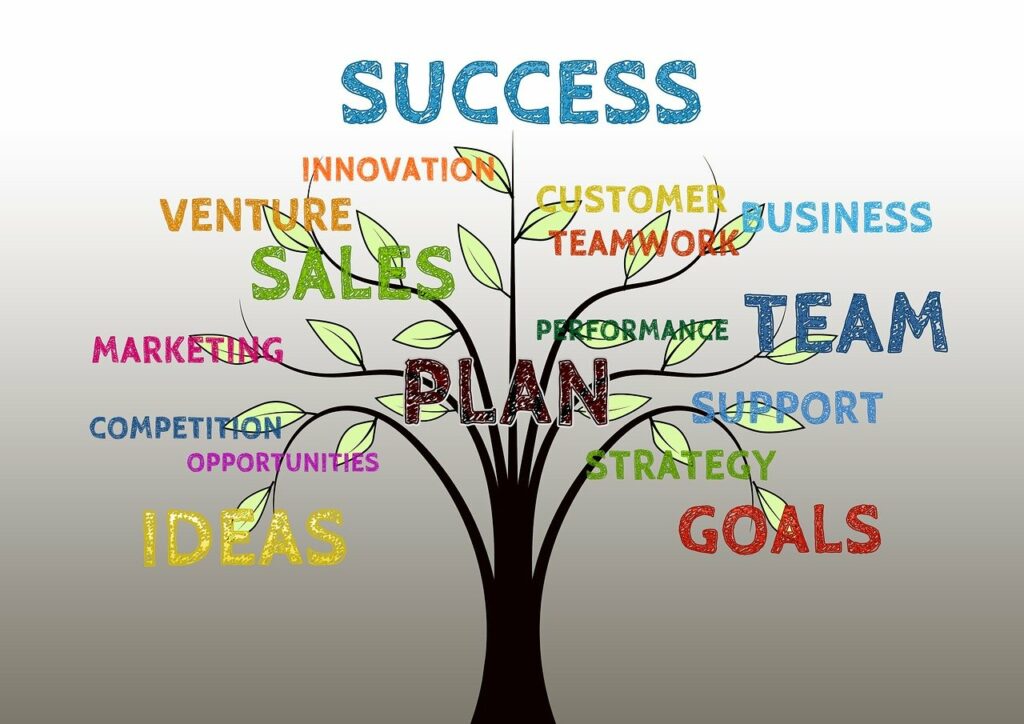Content marketing is a marketing strategy that involves creating and sharing valuable content to attract and engage a specific target audience. It has become increasingly popular in recent years, with many businesses using content marketing to build their brand, increase engagement, and drive traffic to their website. In the content marketing for beginners’ guide, we’ll cover everything you need to know to get started with content marketing, from understanding your audience to creating engaging content, and measuring your results.
Understanding Your Audience
To create effective content, you need to understand your target audience. This includes identifying your ideal customer, creating buyer personas, and researching their interests and pain points. By doing this, you can create content that resonates with your audience and provides them with value.
- Identifying your target audience. Before you start creating content, you need to identify who you want to reach. Consider factors such as demographics, location, interests, and behavior. You can use tools like Google Analytics and social media insights to gather data about your audience.
- Creating buyer personas. Buyer personas are fictional representations of your ideal customer. They include information about their demographics, goals, challenges, and behaviors. Creating buyer personas can help you create content that is tailored to your audience’s needs and interests.
- Researching audience interests and pain points. To create content that resonates with your audience, you need to understand their interests and pain points. You can use social media listening tools and surveys to gather insights about your audience. This information can help you create content that solves and answers their problems.
Creating Engaging Content
Creating engaging content is essential to the success of your content marketing strategy. You can create several types of content, including blog posts, videos, social media posts, and email newsletters. It’s important to develop a content strategy that aligns with your business goals and provides value to your audience. That’s why we’ve added this point to the content marketing for beginners guide.
- Types of content. Blog posts are a great way to provide in-depth information about your products or services. Videos can help you demonstrate how to use your products or provide behind-the-scenes glimpses of your business. Social media posts can help you increase brand awareness and engage with your audience. Email newsletters can help you stay top of mind with your subscribers and provide them with valuable information.
- Developing a content strategy. To create effective content, you need to have a plan in place. Your content strategy should include goals, target audience, content types, distribution channels, and metrics for measuring success. Make sure your content is aligned with your overall marketing strategy and business goals.
- Writing effective headlines and CTAs. Headlines and CTAs are essential elements of your content. Headlines should be attention-grabbing and communicate the main point of your content. CTAs should be clear and encourage your audience to act, such as signing up for a newsletter or purchasing.
- Using visuals and multimedia to enhance content. Visuals and multimedia can help your content stand out and be more engaging. Use images, videos, infographics, and other visual elements to enhance your content and communicate your message more effectively.
Branding in Content Marketing
Branding is an important aspect of content marketing. Your brand identity should be consistent across all channels and reflect your business’s values and personality.
- Importance of branding. Branding helps you stand out in a crowded marketplace and build trust with your audience. Your brand identity includes your logo, color palette, typography, and messaging.
- Consistency in branding across all channels. Ensure your brand identity is consistent across all channels, including your website, social media profiles, and email newsletters. This will help you build brand recognition and trust with your audience.
- Creating a brand voice and messaging. Your brand voice and messaging should be consistent with your brand identity. Your tone should be aligned with your brand personality and values. Use your brand voice to communicate with your audience and build relationships with them.
Content Distribution and Promotion
Creating great content comes next on our content marketing for beginners guide. You also need to promote your content to reach your target audience.
Content distribution channels. You can use several channels to distribute your content, including social media, email newsletters, influencer outreach, and guest posting. Choose channels that are most effective for your target audience.
Promoting your content. Promoting your content involves getting it in front of your target audience. Here are some effective ways to promote your content:
- Using social media for content promotion: Share your content on social media platforms like Facebook, Twitter, LinkedIn, and Instagram. Use relevant hashtags and engage with your audience to increase visibility.
- Paid advertising options: Consider using paid advertising options like Google Ads or Facebook Ads to target specific audiences and increase reach.
- Building an email list and using email marketing to promote content: Build an email list of subscribers and send them newsletters featuring your content. Use personalized and attention-grabbing subject lines to encourage opens and clicks.
Measuring content performance. To measure the success of your content marketing efforts, track metrics such as website traffic, engagement, and conversions. Use this data to refine your content strategy and improve your results over time. Some tools you can use for measuring content performance include Google Analytics, SEMrush, and Ahrefs.
Remember that content promotion is an ongoing process. Experiment with different channels and tactics to find what works best for your business and your audience. And remember to create high-quality content that resonates with your target audience consistently.
Conclusion on Content Marketing for Beginners
Content marketing is a powerful tool for businesses looking to attract and engage their target audience. By creating valuable and relevant content, businesses can build relationships with their customers and drive conversions.
Here are some key takeaways from this content marketing for beginners guide:
- Start with a clear understanding of your target audience and their needs
- Develop a content strategy that aligns with your business goals
- Create high-quality content that provides value to your audience
- Optimize your content for search engines to increase visibility
- Promote your content through various channels to reach your target audience
- Measure your content performance and use data to refine your strategy over time
As technology and consumer behavior continue to evolve, the future of content marketing is likely to be shaped by new trends and technologies. For example, the rise of voice search and smart speakers may require businesses to optimize their content for voice search queries. Meanwhile, increasing video and interactive content use may offer new opportunities for businesses to engage their audience.
By staying up to date with the latest trends and best practices in content marketing, businesses can stay ahead of the competition and continue to drive growth and success.


